Daniel Avery on Drone Logic: “I was taking synthesizers and drum machines and putting them through these effect pedals - it was techno with a shoegaze aesthetic”
Avery talks us through the making of his recently-reissued 2013 experimental electronica debut Drone Logic
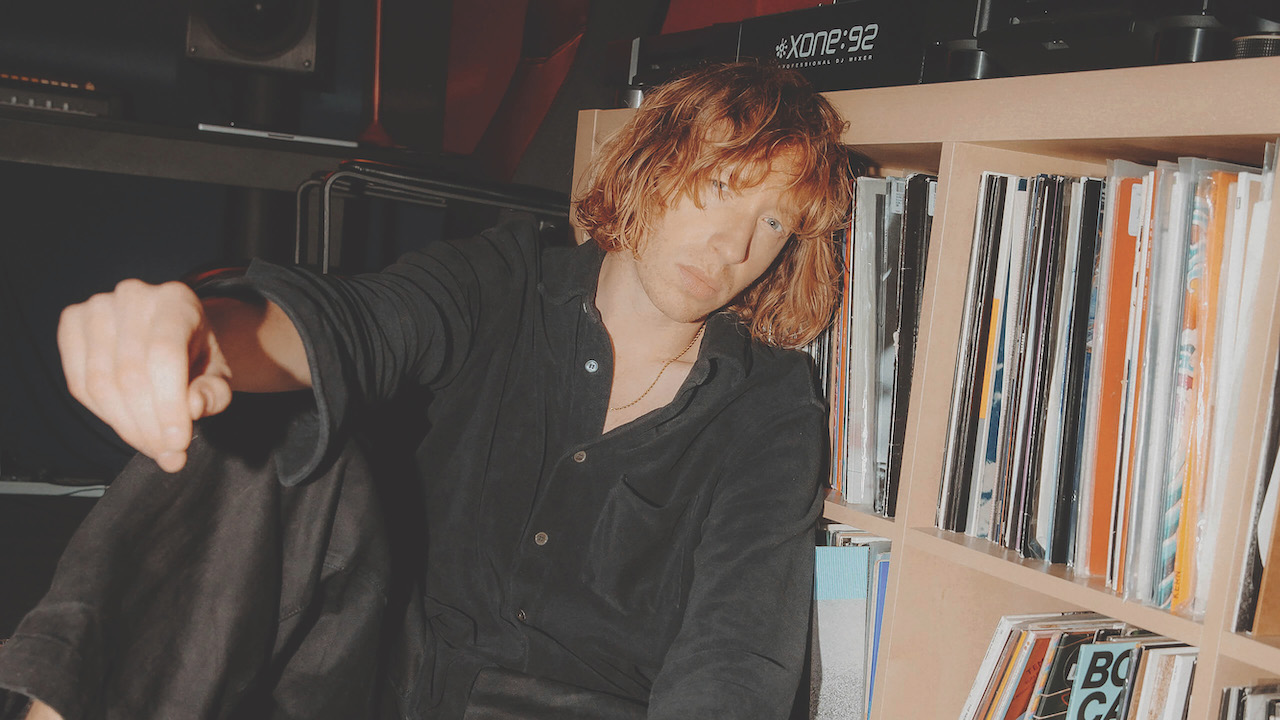
The story of this album really begins after Daniel Avery summoned up the courage to burn a CD and hand it to Andrew Weatherall. On the disc was a version of the title track, Drone Logic, a tripped-out, psychedelic techno groover made entirely for the late dance music legend, on the off-chance he’d consider giving it a spin at his iconic club night, A Love From Outer Space.
“He had a studio next door,” says Daniel, the memory still making his hands shake a decade later. “I gave it to him, and didn’t think anything of it. He called me the next morning and said, ‘That thing you gave me was the biggest track of the night!’.”
Heading back to one of the studio spaces he was using at the time (a shipping container overlooking the Thames, no less), he now had a holy blessing and the confidence to pursue this sound as far as it would go.
He owns that unit now. But, back then, Daniel was sharing the metal box with the post-punk/new-wave band, S.C.U.M. who let him experiment with their collection of guitar pedals, further shaping the tone of the album.
“That’s an aesthetic that I was keen to push,” he says. “Just taking all the synthesizers and drum machines and putting through these effect pedals, and systems that a band would use. It was techno with a shoegaze aesthetic, in parts.”
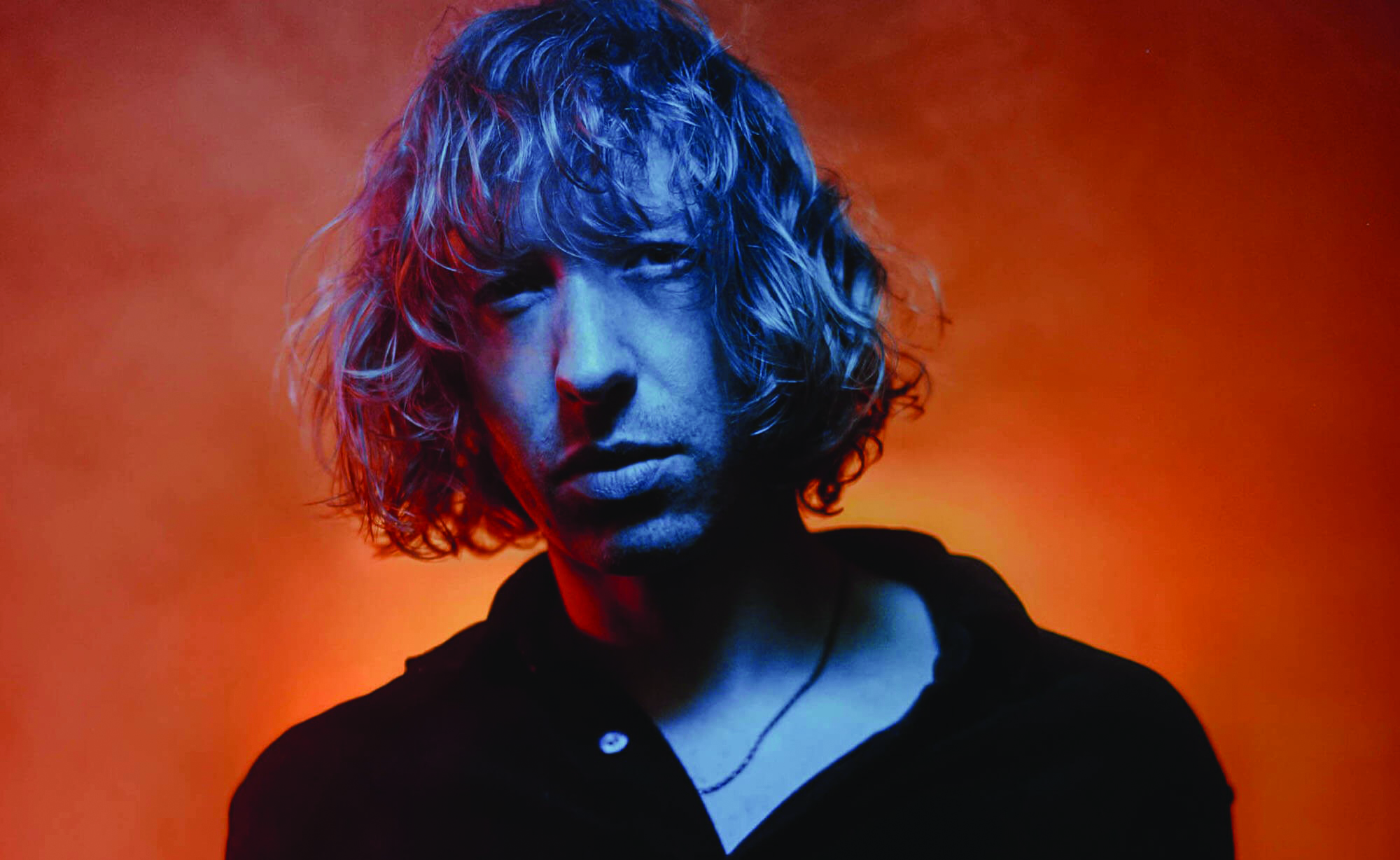
Armed with a Korg Mono/Poly as the main workhorse, he’d mix up vintage acid stylings with cutting-edge rhythms. Aiming, crucially for a balance of light. A million miles away from the exhausting bombast dominating clubland at the time.
“A lot of the music had got very, very fast and very noisy,” he says. “It was almost quite macho and aggressive. That sound got a bit silly after a while, and it just got heavier and noisier.
Get the MusicRadar Newsletter
Want all the hottest music and gear news, reviews, deals, features and more, direct to your inbox? Sign up here.
“I wanted to make tracks with more poise, and with a different energy to them. Less gimmick-led. Classier. I didn’t want anything to be brash or abrasive. I don’t know why. It just felt right.”
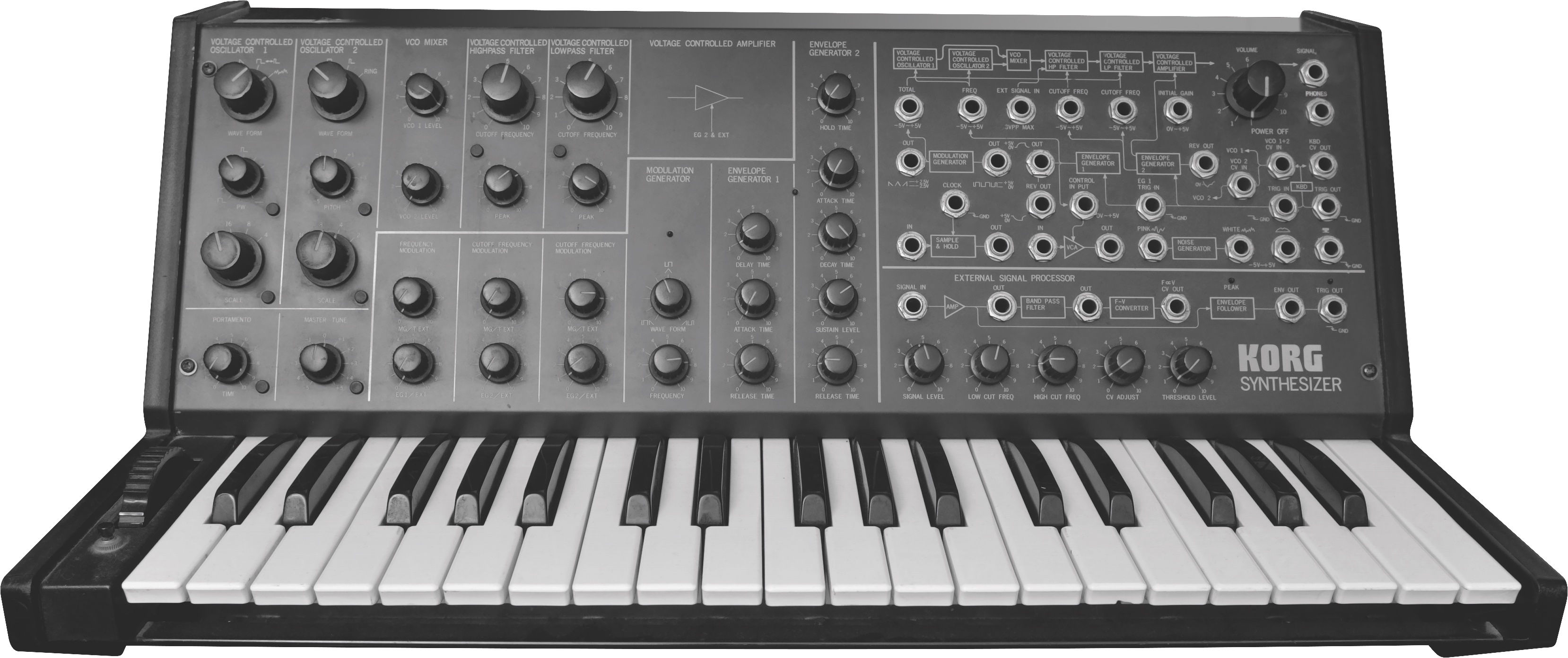
“The album was made in a few places. I had a shipping container studio on the Thames, with a lot of distortion and guitar pedals there. Stuff like the [Electro-Harmonix] Big Muff. That was definitely across a lot of the album. A lot of the distortion pedals were cheap. Nothing was that high-end. There was a Korg MS-20 in that studio. It’s not across the entire album, but it’s there in parts. And there were Space Echoes and AMS delays.
“Some tracks were made at Strongroom Studios. They had a huge club P.A. in there, which was very exciting when we played the drop on Water Jump. The main machine was the Korg Mono/Poly. And then I had a Roland SH-101, and a Roland RS-09 string machine. Something about that era of analogue gear was just very important to me at the time.
“It was all recorded using Logic, then mixing was done in Phantasy Sound’s studio.”
Drone Logic, track by track
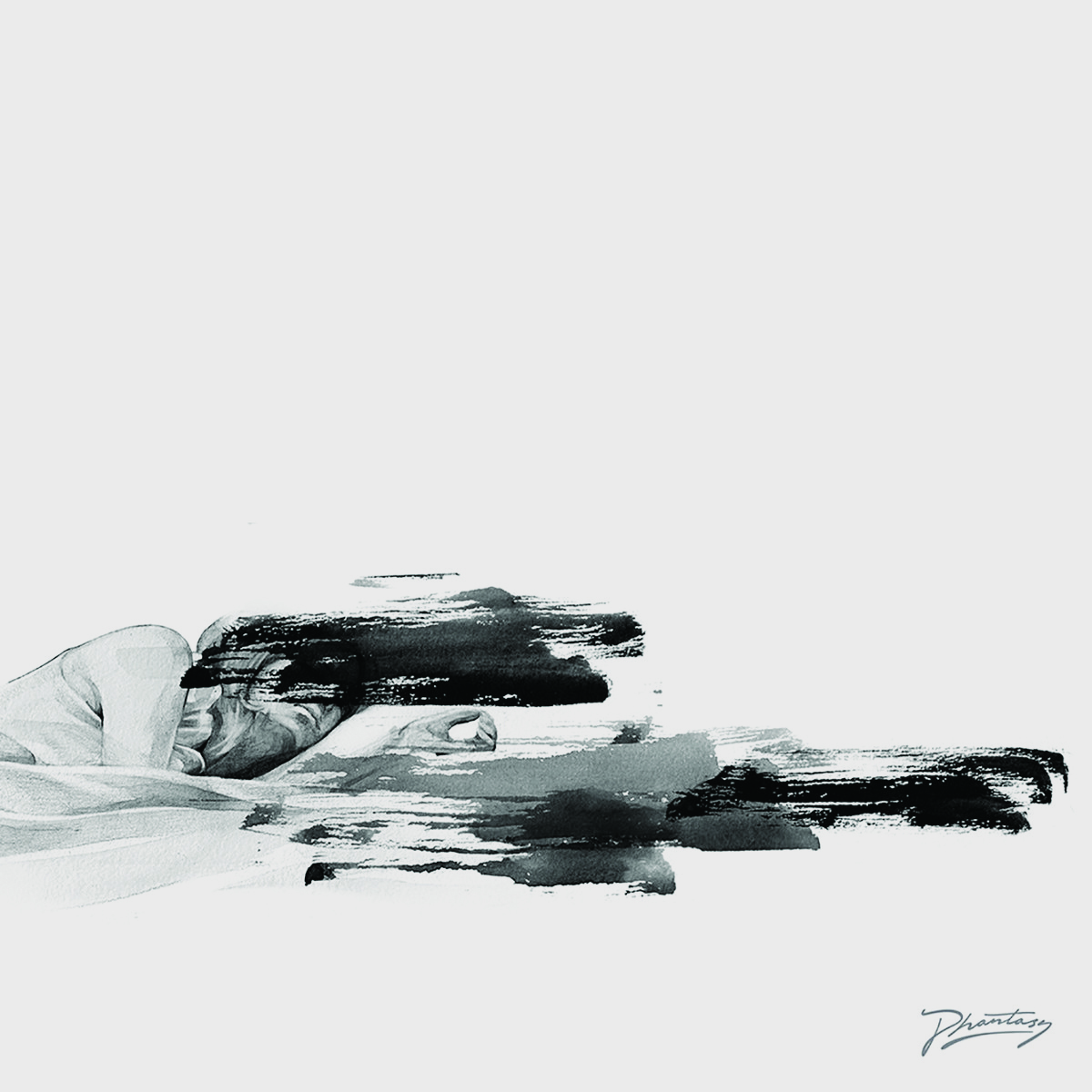
Water Jump
“The majority of the album was made on very few bits of kit, actually. Water Jump is 90% Korg Mono/Poly – including the drums, including the kick. That’s the thing, I think, that gives tracks like this, and tracks like Need Electric, a certain life. It’s that the kicks are all made on a synth, which means that every kick is slightly different. And, when they’re not done on the Mono/Poly, they were done on an 808. Which, of course, gives it that same feeling. Like, that live feeling.
“And, to add to that live feeling, all the hats that are played on this are actual life hats, played in the studio. Again, just to give it some more of a human feel.
“Also, a guy called James Greenwood was a crucial part of this record. He began as an engineer, helping me out. But, there was so much chemistry and magic between us, that he became so much more than that.”
Free Floating
“Throughout the album, but particularly on Free Floating, I wanted to inject my love of shoegaze guitar music in there – it’s all synths, though. There’s no guitars on the album. But, I wanted those droney pads to sound like they’re being played by a guitarist in a shoegaze band. Like, I wanted it to sound like Kevin Shields and My Bloody Valentine. He’s an absolute hero of mine. So, that’s where that comes from, and that’s where the idea started.
“I’m trying to remember exactly where they came from. But, to be honest, it’s probably the Mono/Poly. Yeah, you know? I probably owe that Mono/Poly some publishing money [laughs]. Yeah, it’s just on everything. And it’s so versatile, as well.”
Drone Logic
“Before there was any idea of an album, I’d made this track with Andrew Weatherall firmly in mind. I was really loving that slow, trippy psychedelic techno he was just starting to play at his club night, A Love From Outer Space, with Sean Johnston. So, I made it with that club in mind. That slow, trippy… quite druggie music. That’s what Drone Logic is.
“He called the next morning and he said he’d played it and he said it went off! I remember immediately calling [Phantasy Sound label boss] Erol Alkan, and he said, ‘Okay, I think we need to make an album’. That’s how it all began. You don’t get a bigger blessing than that.”
These Nights Never End
“Back then, I considered myself a DJ first and a producer second. That’s switched in the 10 years since.
“So, I was making music to play out. I was DJing at Fabric a lot, opening up Room 1, and I wanted the album to have a flow of a DJ set. I already had Drone Logic and wanted a track that could be played directly after that, as if I was DJing. So, it’s the same tempo and just feels like a continuum.
“I believe the acid line in there was a [Roland SH-] 101. That got really hammered on that album. It made some really great bass tones. I believe it’s responsible for the overall sound of the low-end on the album, for sure.”
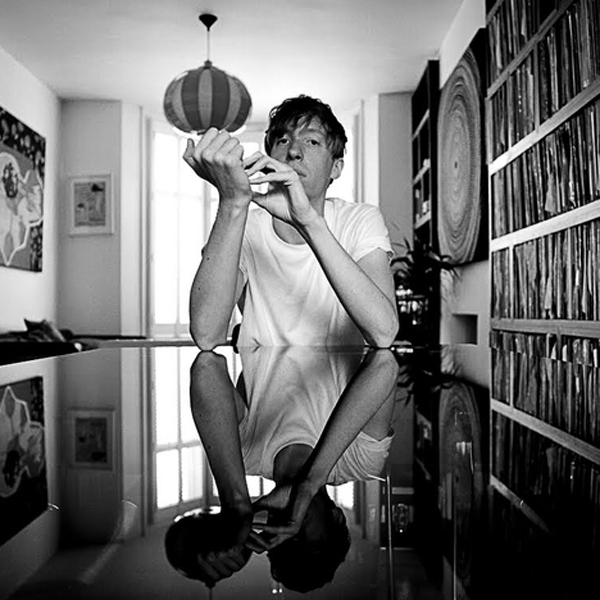
Naive Response
“This is entirely Mono/Poly. But, there’s a sound in there which is hard to describe. Obviously, all the synths have the resonance turned up pretty high – it’s not a new or unique trick. You can hear it in Kraftwerk and Underworld’s Rez, which is clearly about resonance. It gives it that Aphex Twin, almost hollow didgeridoo style, and a very satisfying bass tone. I use that throughout the album, but heavily here.
“You’re using a sequencer. First, to trigger the notes themselves. Then again to change the oscillator. It means every note is different. As well as having a different level of how open it is, it gives you that staccato and quite exciting feel, that very quickly became a signature sound on the album.”
Platform Zero
“This one isn’t coming from a club world. I wasn’t out to make a ‘club album’. I wanted it to be an electronic album. But, I didn’t want ten straight up club tracks. It needed to have elements to be able to take a breath, and that’s exactly what this track was.
I can stand by the fact that it was a very honest and genuine record. It’s quite naive. But, I say that in a positive way. Looking back, it’s also quite mystifying in some ways, to me, quite how much that record caught fire. And I’m still super proud of it.
“The first half of the album is quite breathless, actually. It’s really ‘bam bam, bam’, in-your-face, one after the other. So, I knew at that point, ‘Okay, let’s reset’.
“And, talking about Kraftwerk, that track is definitely inspired by the beautiful moments of Kraftwerk. It’s also inspired by another love of mine, which is old, 16-bit video games. Looking back now, how can you create beauty out of MIDI tracks?”
Need Electric
“This got me signed to Phantasy. It was the demo that got Erol [Alkan] interested. It’s acid. But, again, early 1990s video games were a big influence on the sound. Particularly Wipeout [1995]. That era is very important to me on the record. I wasn’t trying to mimic it, but get the overall feel of it.
“The vocals, throughout a lot of the record, are just me, pitched down or something. I was quite into the idea of sampling myself.
“I’m not a massive record digger. I love searching for music, but I’m not someone who spends weeks in odd places trying to find samples. I get a bit frustrated. I’d rather just say, ‘I want it to sound like this’. Then go ahead and do it.”
All I Need
“My DJ head [is] firmly on, here. I wanted to make a house record. But, house I found exciting. I love clubs like Robert Johnson [in Offenbach, Germany], where you can play trippy house music as the sun comes up. I always say, ‘Your mind goes sideways as the sun comes up’.
“This just feels warm and it feels kind of sensual, but it still has enough heaviness and bottom end to stand alongside some of the techno that may have been played earlier in the night.
“All Mono/Poly, I believe. And the breakdown on that is the classic example of a [Roland] Space Echo, feeding back on itself.
“Just that beautiful distortion, and real broken beauty that comes out of analogue gear being pushed too hard.“
Spring 27
“I’ve always loved ambient music. And that’s something that’s become far more important as the years have gone on. This track was my first dipping of a toe into that world.
“Oh, and I’ll tell you where the sounds in that track actually come from – it’s an Indian drone box. I think it’s actually the same sound that’s at the very beginning of the album, before Water Jump begins, with that ‘wow wow wow’.
“It’s an Indian drone box that’s obviously going backwards and looping in on itself. And it’s the same box used on Spring 27. It’s just a noisy, but very beautiful sound. I still have that drone box somewhere. I need to find that. It was a quite important element of the record.”
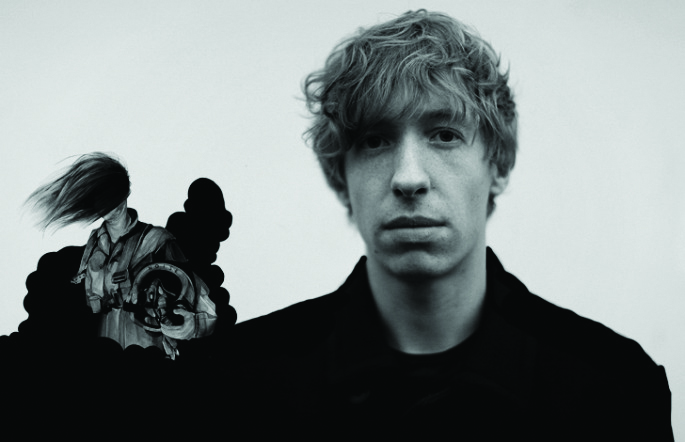
Simulrec
“This was the final track to be finished on the album. I wanted to add to this idea of it not being a straight up club record. With something quite plaintive, and a bit of a stop. In lots of ways, it’s my favourite track on the record. It’s clearly inspired by the interesting electronic music happening at the time on labels like The Trilogy Tapes – just experimental electronic music that had an incessant kick drum, but was slow and really spoke to me.
“And, of course, Aphex Twin’s Selected Ambient Works. Or, the first three Autechre albums. That was the idea for that track; [but] my take on it. I wasn’t in the mood for ripping anything off. But, they were a heavy influence.”
New Energy (Live Through It)
“I wanted to show yet another influence of mine, which was Krautrock records – bands like Can and Neu! I was very interested in adding that element to it.
“So, the drums are electronic drums, of course, but they’re intended to sound much more live, like those records. And the held pads sounds on there are from a Roland RS-09 string machine. It wasn’t mine, I’ve since bought one. It gives it that Joy Division sound, which I’m a huge fan of.
“I quickly discovered that when they’re heavily distorted, they create that wall of noise. It gives it a feel of a Gary Numan record. Or, something more contemporary, like Nine Inch Nails. Just that beautiful distortion. That was the idea, to make all those influences come together.”
Knowing We’ll Be Here
“I made that with my friend Mark Ralph, who’s since gone on to be a huge record producer. We’d always talked about doing something together. And, as soon as we started it, I knew that it was going to close the record.
“What really gave it the magic, was that Mark’s actual mixing desk had belonged to [Neu!/Kraftwerk producer] Conny Plank. And there’s a warmth to that track that I believe owes an awful lot to that mixing desk.
“I wanted the track to feel enveloping, like an arms-wide-open big hug at the end of the night. You just had the best night out with your friends. And you’ve made new friends. And it’s a night that’s gonna stay with you.
“That’s how I wanted to close this record.”
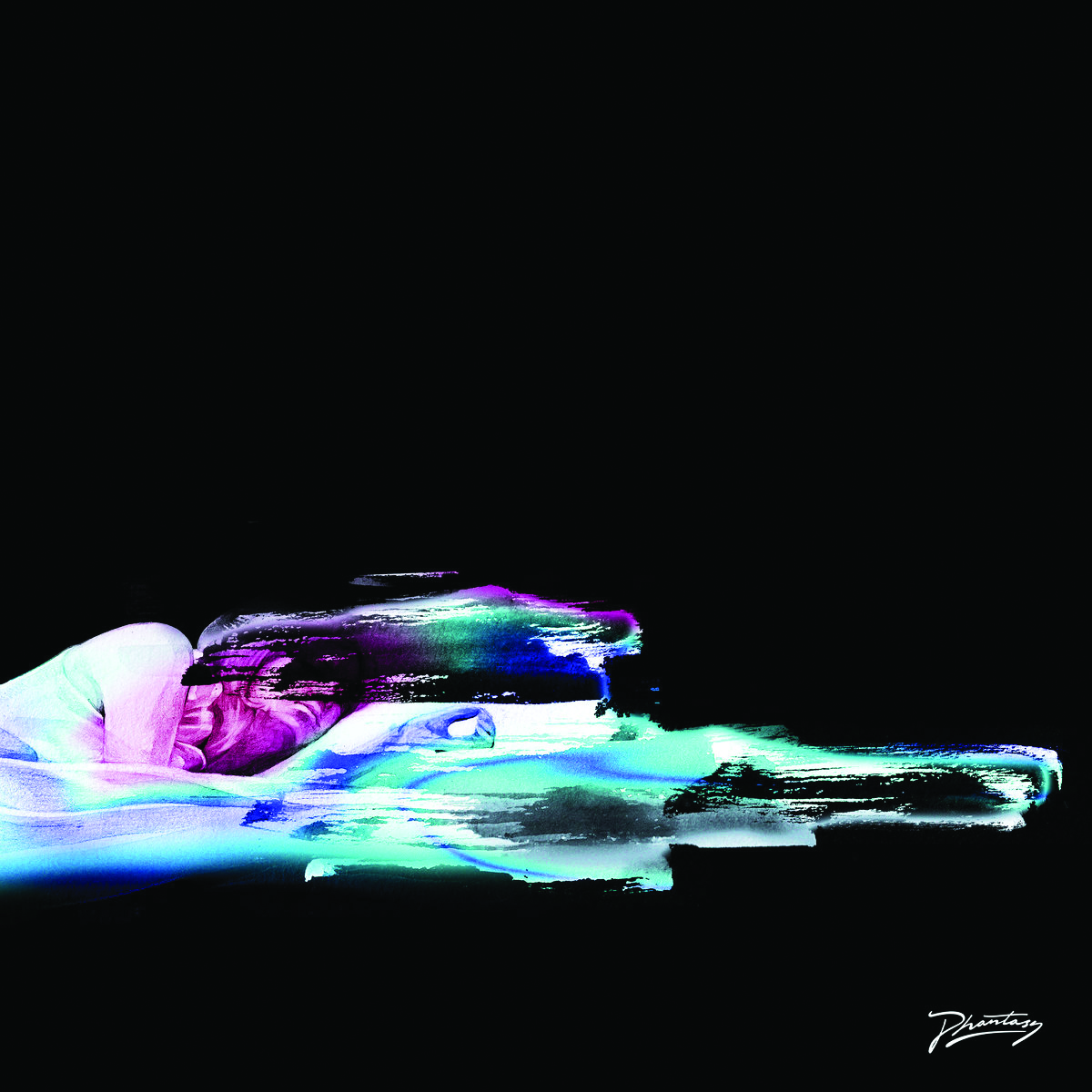
Drone Logic has turned ten! And, to celebrate, Daniel just released a 10th anniversary vinyl edition of his breakthrough album. Hit his Bandcamp for one of 500 copies of the limited edition gatefold white colour LP, and other birthday-related merch.
He’s also marking the momentous occasion with the three-track digital EP, Drone Logic (2023 Redux Versions). Reworking the classic tracks Need Electric, Free Floating and Drone Logic. He describes these takes as having, “the same hearts as the originals, just beating with a new vibration”. Essential.


“From a music production perspective, I really like a lot of what Equinox is capable of – it’s a shame it's priced for the post-production market”: iZotope Equinox review
"This is the amp that defined what electric guitar sounds like": Universal Audio releases its UAFX Woodrow '55 pedal as a plugin, putting an "American classic" in your DAW














